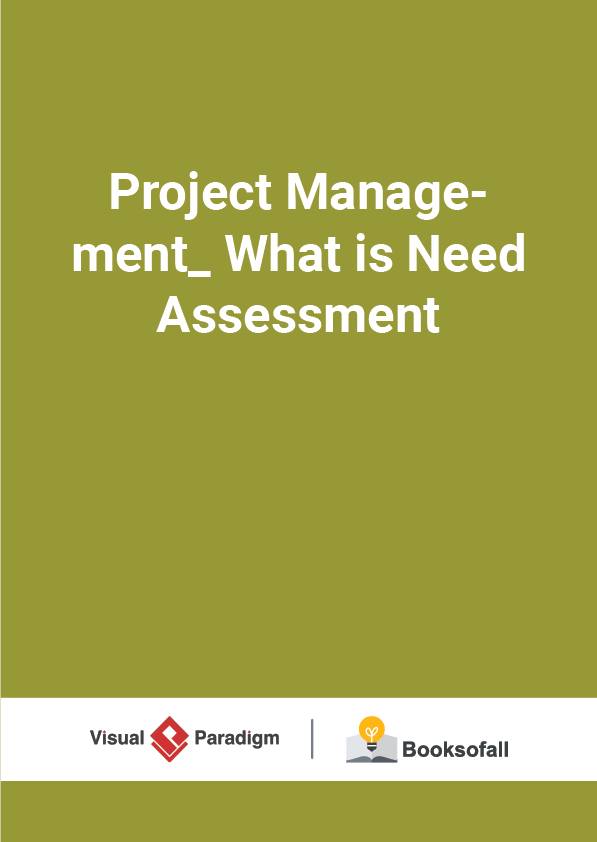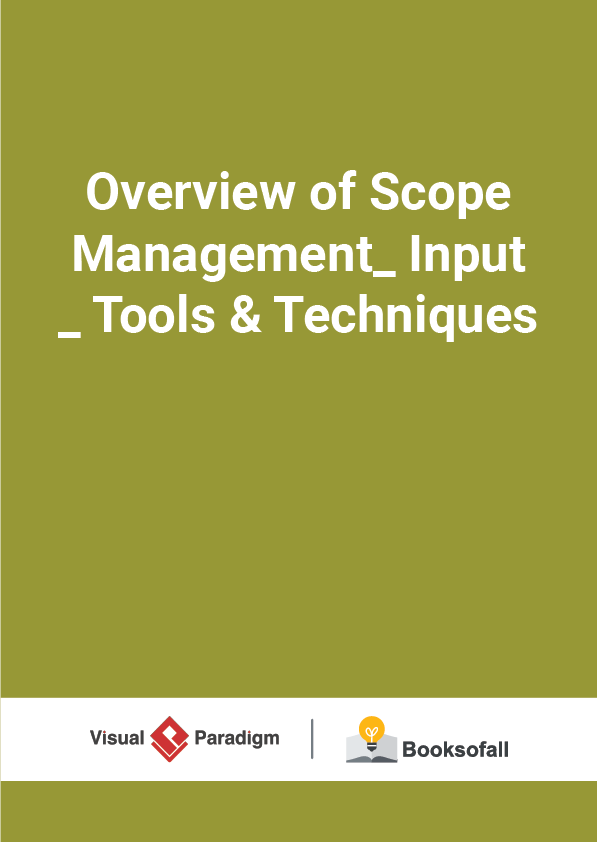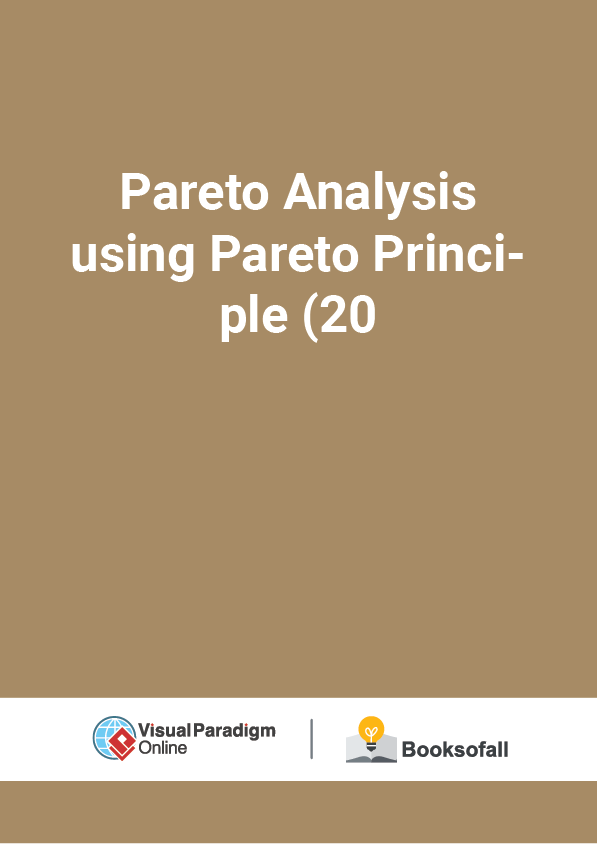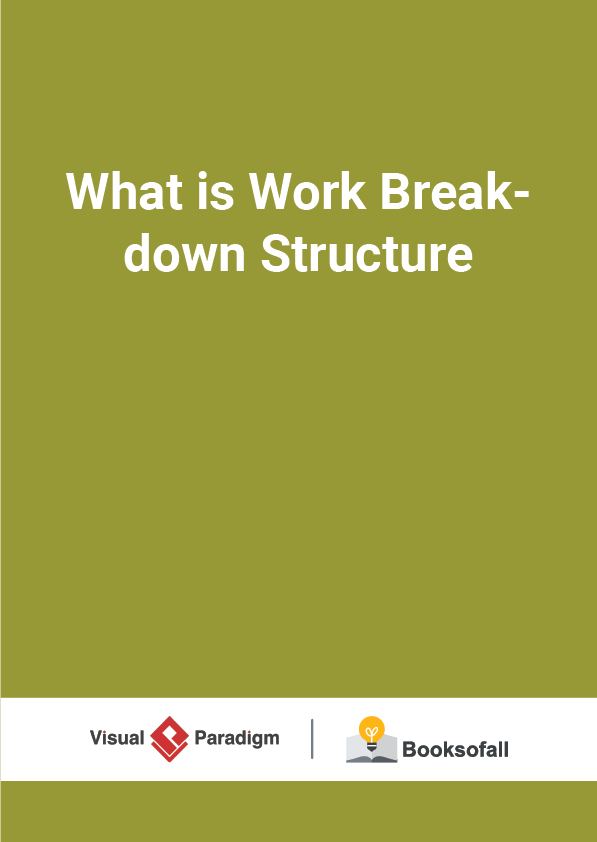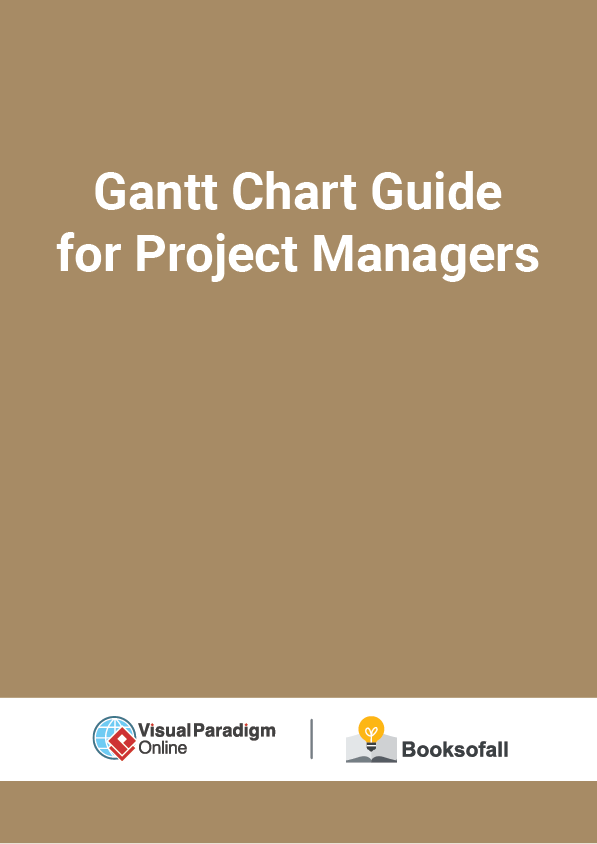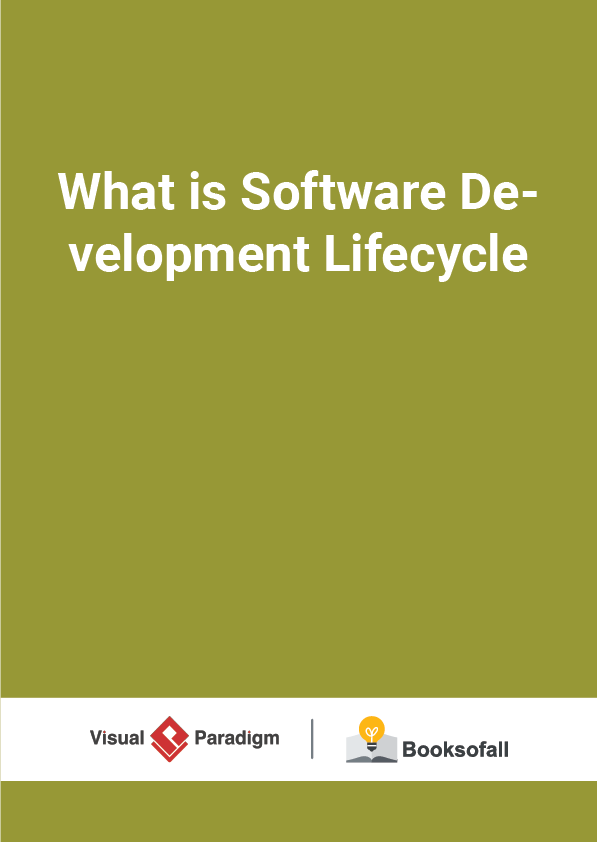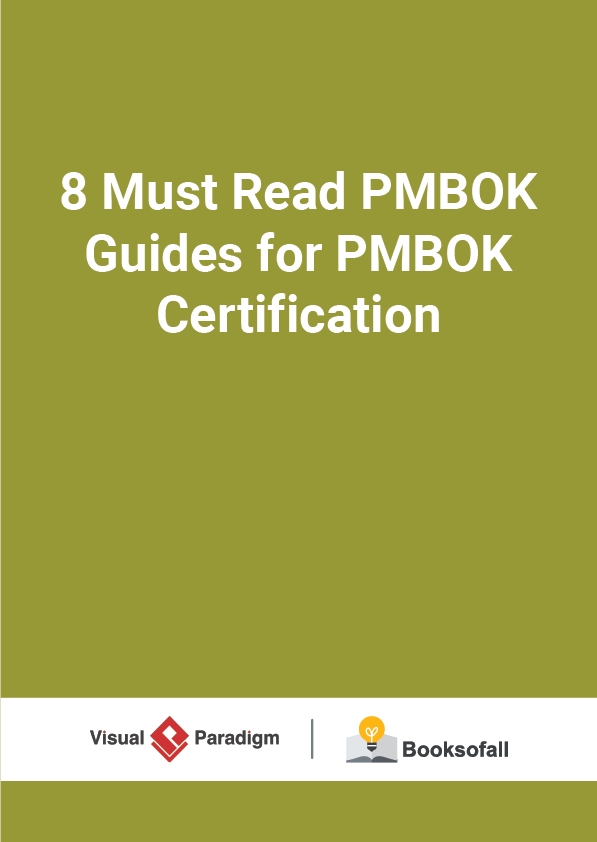What is Project Management Methodologies?
19-24 minutes
Methodologies contain guiding processes for those who are doing project management .The true definition is that methodologies are not tool specific, however in today’s software-reliant world the reality is that the methodology and the organization’s project management software tool are often heavily intertwined.
Why Project Management Methodologies?
Project management plays a crucial role in accomplishing goals and following through with plans and expectations. However, getting your team organized around a project is often easier said than done. Following a project management methodology can help you organize your project into a structured, streamlined process. It makes team collaboration more efficient and projects become better organized.
But not every project management methodology will work for every type of projects. In order to recognize which method will work best for your project, you need to be familiar with these common project methodologies and their differences.
Introduction of Project Management Methodologies
While there are dozens of project management methods available, an appropriate project management methods can help you team to manage your project much more efficiently. A business can vary according to type, size, industry, and many other factors. Rather than looking for a methodology that is best, businesses should learn these methodologies, how they are used, and how they can be applied.
Let’s go through the widely used methods below briefly:
Agile
Agile Methodologies were originating resulted from the use of the waterfall model were seen as bureaucratic, inflexible, slow, and inconsistent with the ways that software developers actually perform effective work. Agile method is people-focused and commnuication-oriented, flexible (ready to adapt to expected change at any time), speedy(encourage rapid and iterative development of the product in small releases), lean(focuses on shortening timeframe and cost and on improved quality), responsive (reacts appropriately to expected and unexpected changes), and learning (focuses on improvement during and after product development)
Agile processes generally encourages frequent inspection and adaptation, a leadership philosophy that encourages teamwork, self-organization and accountability, a set of engineering best practices intended to allow for rapid delivery of high-quality software, and a business approach that aligns development with customer needs and company goals. The Agile method tries to provide rapid, continuous delivery of product to the customer. Whereas traditional methodologies such as the Waterfall method or other linear processes require detailed upfront requirements defined in the initial stage of a project.
Waterfall
Waterfall methodology is the one that is the most used across all industries, and it is very common in software development and construction. The waterfall model is a sequential(non-iterative) design process, used in software development processes, in which progress is seen as flowing steadily downwards (like a waterfall) through the phases of conception, initiation, analysis, design, construction, testing, production/implementation and maintenance. There are many versions of the waterfall method, but the original one included these high-level phases:
- Requirements specification
- Design
- Construction (coding)
- Integration
- Testing and debugging (Validation)
- Installation
- Maintenance
Adaptive
Adaptive project management does exactly what the title suggests: it adapts. With adaptive project management the scope of a given project can vary. While the time needed to complete the project and the cost of the project are constants, the project scope can be adjusted as it is being executed. Businesses commonly do this to get maximum value out of each project, such as when new ideas or opportunities are unlocked during the development of a project.




